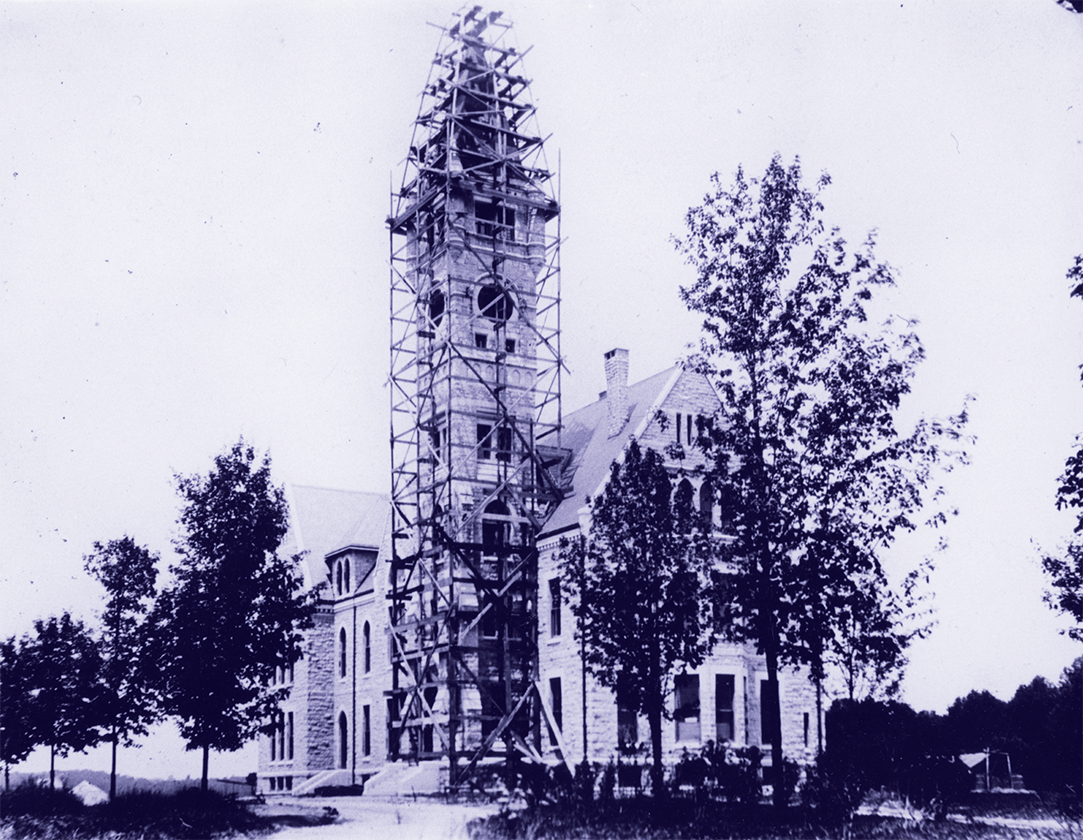Joseph Taylor sought to establish a female Haverford that would provide a guarded education for Quaker women and place Christian teachings at the forefront. The college was to be part of a broader effort to increase Quaker influence in society and advance a Christian civilizing mission. Taylor Hall, the College’s original academic and administrative building, claimed affiliation with prominent American and British academic institutions through its High Victorian Gothic style, but with modifications that conformed to Quaker values of simplicity.

“In the admission of students, other things being equal, preference is to be given to the Society of Friends; but in all cases those should be preferred who are of high moral and religious attainments and good examples and influence, and, such as are most advanced in education. But if not members of the Society of Friends all must conform to the customs and rules of the Institution and be willing to be educated as Friends, who are admitted or may be.”
Will of Joseph W. Taylor, 1877. Quaker and Special Collections, Haverford College, Taylor Family Papers, MC-962.
After Taylor’s death in 1880, the Trustees became more open to prioritizing professional training and a more worldly curriculum. By 1884, a new vision came into focus. The College adopted a Classical curriculum. The course of study in Literature and History heavily emphasized British, Greek, and Roman traditions, reflecting the founders’ shared belief in the cultural superiority of Western European society. In step with this new direction, the interior of Taylor Hall was transformed through the addition of Classical plaster casts and photographs of Greco-Roman and European art and architecture. This learning environment reflected ideologies of white, European, especially Anglo-Saxon superiority and was intended to cultivate female students in this image.
